Of course, you can put an area rug on top of carpet! This approach is both practical and adds wonderful texture and character to your room. Maybe you want to protect high-traffic areas, cover up worn spots on older carpet, or just create more visual interest. An area rug on carpet does all of these things beautifully.
That being said, there are a few things to keep in mind to get the look you want. This guide walks you through the practical steps for layering area rugs successfully. You'll learn how to create a cozy, stylish space that feels uniquely yours.
Is It Weird to Put an Area Rug on the Carpet?
It's not weird to put an area rug on top of a carpeted room - it's a common and stylish home decorating art.
Many aesthetic and practical possibilities can be realized by putting an area rug on top of the carpet, including:
- Hiding stains, damage, and imperfections in the carpet
- Dividing different functional areas
- Adding some color and texture to a space
- Extending the life of the carpet
- Providing additional foot comfort
How to Layer Area Rugs on a Carpet?
Layering area rugs on top of the carpet is one of the best ways to add layers and texture, along with a lot of styles to a space. However, since doing that, a lot of people get a little overwhelmed.
How can you avoid looking bulky or cluttering your space? It's quite a bit less difficult to focus on just color, pattern, texture, and size to layer rugs, and it often works surprisingly well.

Color
The color scheme directly decides the whole atmosphere of the space. If the main carpet already has a rich pattern or bright colors, then choose a simple and solid color for the upper rug that could better set off its characteristics while avoiding visual conflict.
For example, a dark-toned main carpet can be combined with a light-colored upper rug in cream or pale yellow to brighten the space and form a natural transition.
If the carpet underneath is a solid or subtle color, then, by all means, be adventurous and try some bright or multicolored top rugs to add dimension and visual appeal to a room. Even different hues within the same color can develop a balanced appearance in a room.
Such as an ivory carpet with a coffee or dark gray rug that can lead to a very clean yet layered look. For you, if you like bold color combinations, complementary shades, you can consider will make the room vibrant.
Patterns
The overlay of patterns can be tricky when it comes to decorating. Since you would not want any sort of visual clash, you can usually match a richly patterned carpet with an upper rug that is non-patterned or purely clean and patterned.
For instance, if the main carpet comes with a geometric or floral pattern, you could go for a solid color or nature-inspired patterned upper rug that could make the space neater and more organized.
Mixing and matching works; if you like the style, you can combine classic patterns, such as an animal print carpet mixed with a marbled rug, and diamond stripes against camouflage patterns for that layered visual feel.
Texture
It's always best to complement two carpet textures against each other, as opposed to competing with a visual focus against each other.
For instance, a thick, soft, shaggy wool carpet can contrast against a flat-weave, low-pile rug to add richness to the space without cluttering the room. If you have a shaggy or high-pile rug, then go for a flatter and tightly woven carpet, such as jute, sisal, or cotton linen.
Also, ensure that the top layer of the rug does not slide or wrinkle from stepping on it, hence eliminating a possible safety hazard. The type of texture chosen should consider the functionality of the room.
For example, the bedrooms can use thick ones to add warmth to them, while living rooms will be suitable for durable and easy-to-clean materials.
Size
Choosing the appropriate size makes the rug an accent to the room, not an insignificant piece of decoration. Rugs that are too small catch the eye and cannot create a rapport with the other furnishings in the room; too large ones obscure the quality of the carpet underneath completely.
It has been said that an area rug in a living room should extend about two feet beyond either end of the sofa, thus covering key areas without making the rug overwhelming or too confining.
Rugging under a dining room table, for example, requires the rug to be 24 inches bigger on all sides than the perimeter of the table to avoid the catching of dining chairs onto the edge of the rug when pulled out. In using it in a bedroom, you can allow the rug to cover two-thirds of the bed's area, just enough to avoid nightstands and rug overlapping.
When layering area rugs, the top rug doesn't need to sit perfectly parallel to the bottom; placing it slightly at an angle will make the room much more dynamic.

How to Anchor Area Rugs?
Laying a rug over another carpet or directly onto the floor often results in slipping, wrinkling, or unevenness. This doesn't look good and may even cause tripping. Fortunately, there are some effective ways to help you solve these worries.
Use Furniture Anchors
Place furniture over the edges to secure it in place, provided the rug is either beside or beneath the furniture. You can use beds, coffee tables, sofas, or bookshelves with a lot of weight over the edges of the rug to prevent it from sliding and curling.
It can help hold the rug down, even without full coverage on all four sides, by putting heavy objects on either side of the rug; for example, placing an armchair on each of the two opposite corners of the rug.
Use a Non-Slip Mat
A non-slip pad is a tool that greatly improves the friction of your rug. Choose an appropriately fitting size anti-slip mat; it should fit perfectly well and snugly on the reverse of the rug to enhance grip, preventing unwanted movement. Anti-slip mats are presented in various materials, including foam and mesh.
One can choose the right mat for the thickness of one's rug, something especially suitable when one is using thin rugs that may tend to wrinkle. It can also dampen some of the noise of footsteps with a non-slip pad in the living room or bedroom.
Use Rug Pads
They not only stop rugs from shifting but also add comfort and durability to rugs. A rug pad, placed between the underlying carpet and the hard floor, serves to keep the carpet flat and reduce ripples in it.
While choosing rug pads, a lot of care should be taken in their sizing, and it is always best to select non-slip types of materials, like rubber or silicone, that would fit the underlying surface even more.
Use Carpet Tape
You can also use double-sided carpet tape to stick it on the edges and center section between the rug and carpet for flat and sliding, or curling.
You can choose one that has proper stickiness and softness as well; it should be sticky enough to keep the carpet in place, but not so it causes damage after some time.
Apply Double-Sided Rug Tape
A rug clamp, also referred to as that-to-rug clamp," is a handy fixator that doesn't allow the top layer of carpet to wrinkle or slip. In use, the jig is merely the attached carpet edge of the top layer of the carpet, making it more secure on the backing. For larger rugs, the jig ensures that it is laid flat without wrinkling.
Practical Tips
- In larger rugs, you can combine nonslip pads and furniture fixings to give a double effect of stabilization.
- Materials for nonslip pads, carpet mats, and tapes do not harm the carpet and floor. Some of the materials are environmentally friendly and odor-free.
- Non-slip pads or rug pads could work in humid areas and dry areas; carpet tape will be just fine.
- This will work more effectively than duct tape if the rug is subject to frequent moving or cleaning, by opting for a non-slip pad or carpet jig that is easy to remove.
Bonus: Check This Boho Non-Slip Washable Rug!
Looking for a rug that works well on carpet? The Belleze Boho Non-Slip Washable Rug might be just what you need. This 120" x 96" rug brings vintage style to your space without the usual hassles.
What makes it great for carpet layering:
- Super low pile at just 0.1 inch—won't create bumpy layers
- TPR non-slip backing keeps it in place on carpet
- Lays flat quickly, so no tripping hazards
- Machine washable in cold water for easy care
The vintage print adds character to any room. Plus, it's pet-friendly since dirt and pet hair won't get trapped in the low pile. Your pets' paws won't snag either.
Whether you place it in your living room, bedroom, or entryway, this rug handles daily life while looking good on top of your existing carpet.
Conclusion
Layering an area rug over carpet really can transform your space. You get both practical benefits and a fresh new look. Just remember to think about how the colors, patterns, textures, and sizes work together. Non-slip pads or rug grippers help keep everything in place, so you won't deal with bunching or sliding rugs.
If you're searching for the perfect area rug—something that looks great, feels comfortable, and resists stains—check out what Belleze Furniture offers. Their collection has options that work beautifully whether you're layering over carpet or placing on bare floors.
Related Reading:


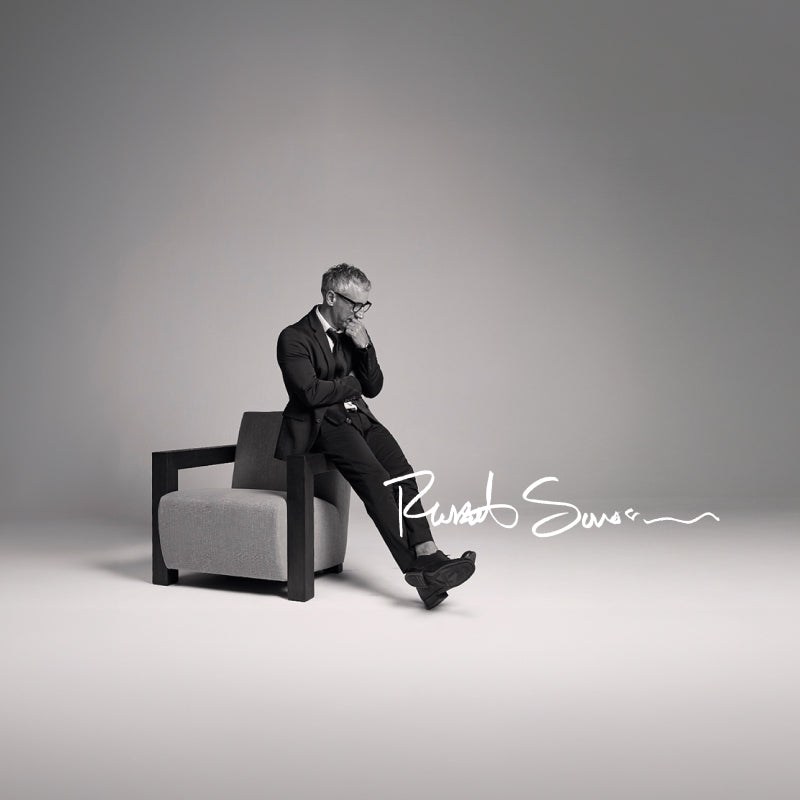
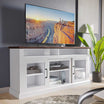
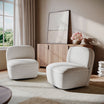
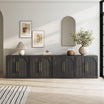
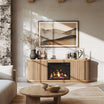


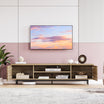



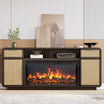
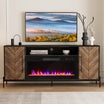
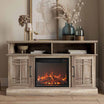
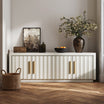

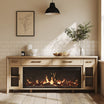
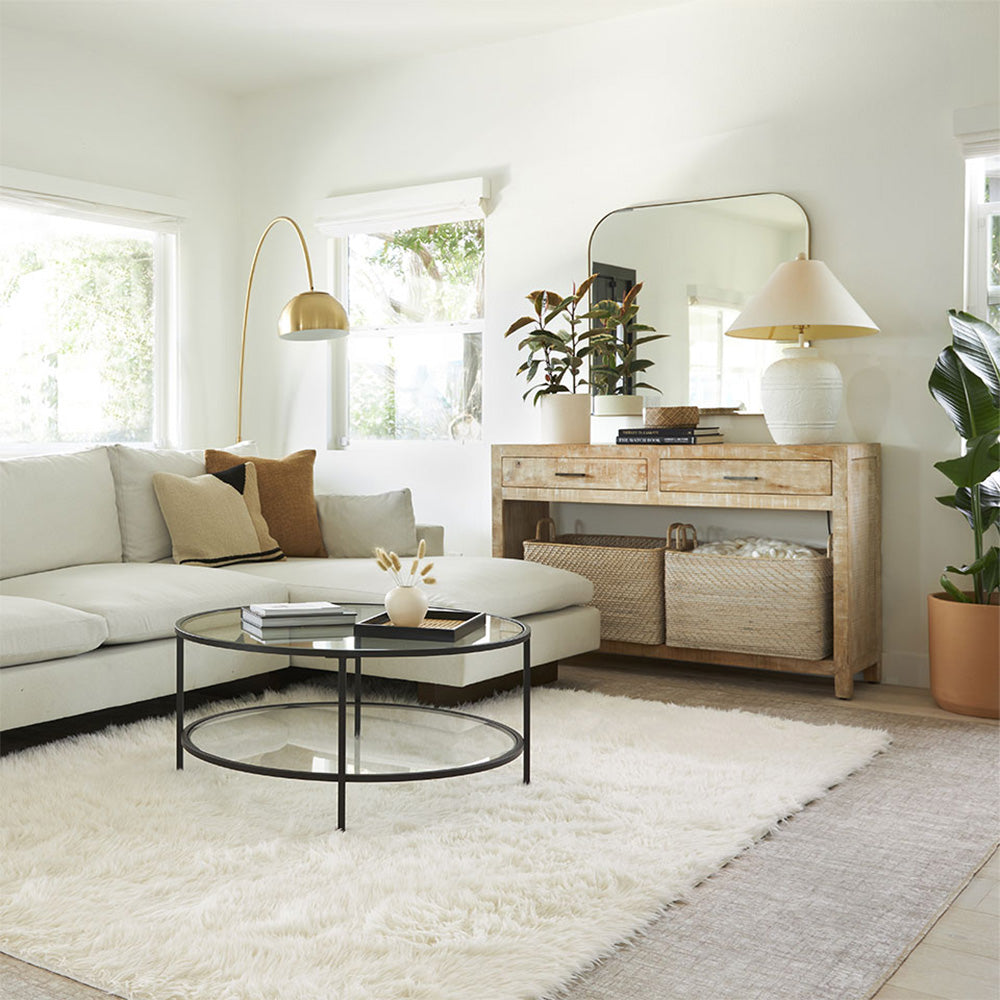

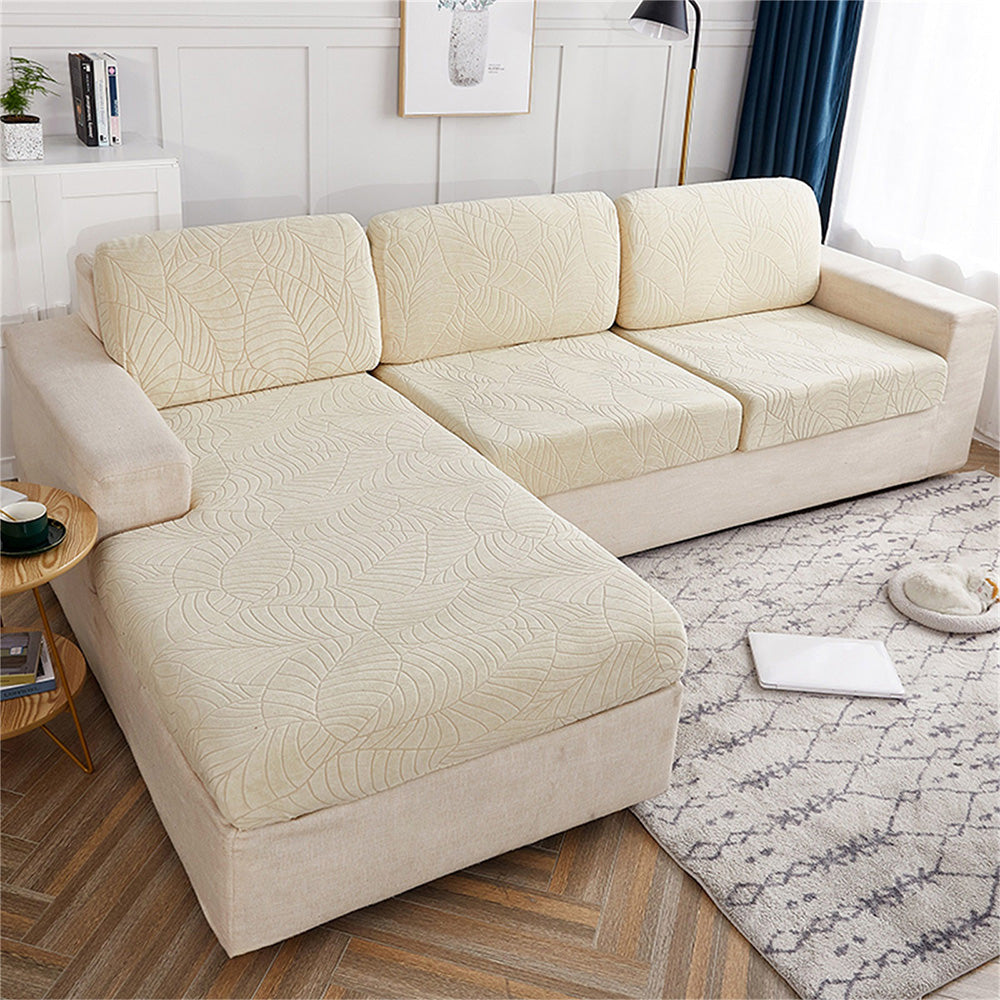
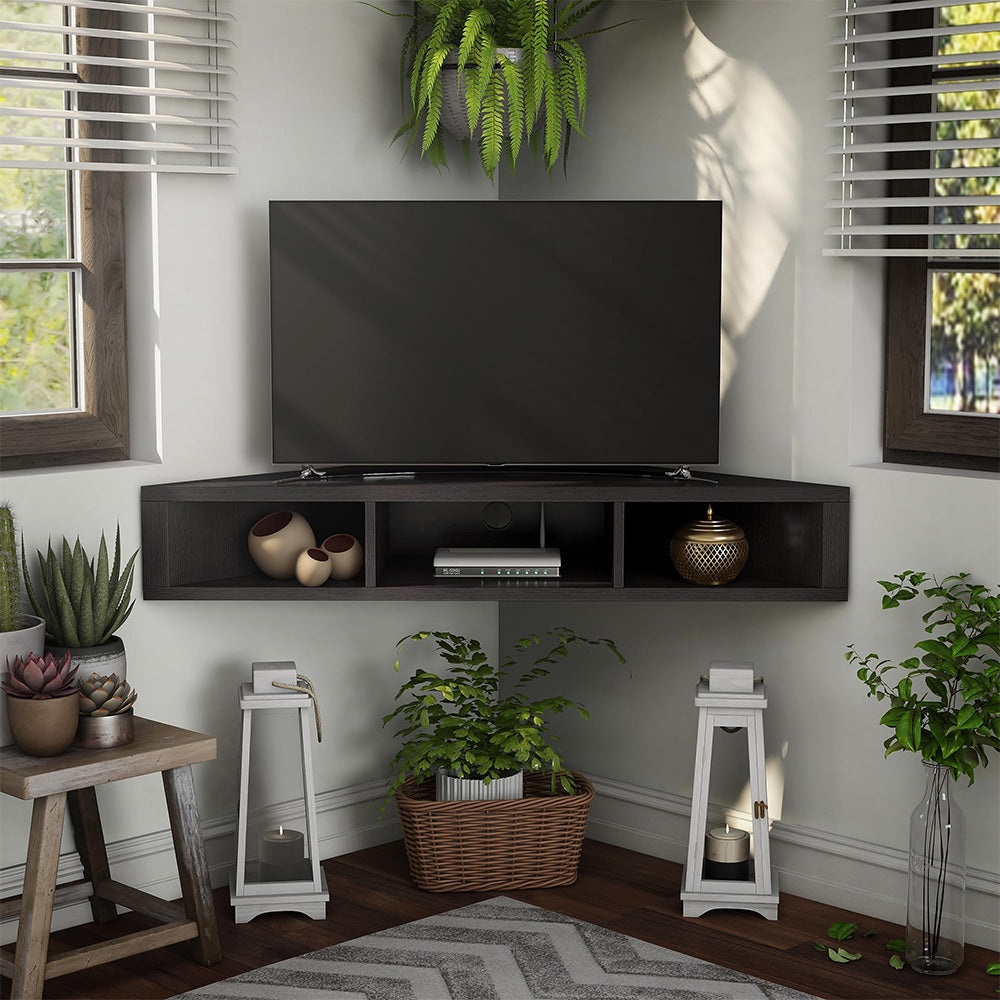
Leave a comment
This site is protected by hCaptcha and the hCaptcha Privacy Policy and Terms of Service apply.